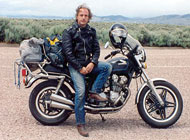Why Are All These Bikers Dying?
Thursday, March 5th, 2009I am struck by the number of bikers being killed. If you search the web, as I do, for motorcycle-related news items, the reports of biker deaths are endless.
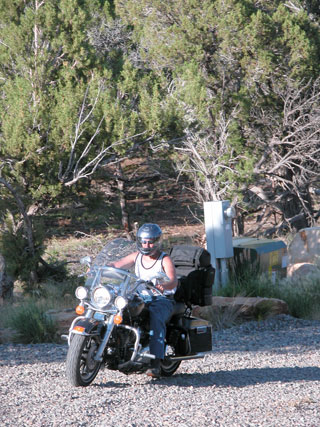 On most days there are several. Of course, today, when I planned to copy in the headlines here to make my point, there are none. Today is not a typical day.
On most days there are several. Of course, today, when I planned to copy in the headlines here to make my point, there are none. Today is not a typical day.
I try not to take it out of proportion. If you did a similar search for automobile-related stories I’m sure you would be buried in accident reports. And being more conscious of these fatalities does not make me feel more at risk, as it might some people. If anything, I feel perhaps less at risk because my awareness keeps me vigilant.
Nevertheless, the daily barrage can’t help but make me think. Why are these people dying? What mistakes are they making? What mistakes are other motorists making? How can these deaths be prevented? What can I learn from this?
I’m not the only one asking these questions. A new motorcycle accident study began recently that promises to update and expand on the understanding derived from the Hurt study of 30 years ago.
In a recent issue of American Motorcyclist magazine there were a couple letters from readers arguing that another study was a waste because thanks to the Hurt study we already know the reasons for the crashes. The AMA responded saying “. . . the traffic environment has changed dramatically in the 30 years since the data were collected . . . a new study of U.S. motorcycle crashes can have far-reaching effects on how we teach motorcyclists and drivers, and shed new light on exactly how to reduce the number of crashes.”
But it will be several years before this new study yields its wisdom, so in the meantime we ought to at least make use of what we know already. And that includes these three points:
- Untrained riders have more accidents
- New, inexperienced riders have more accidents
- Riders who have been drinking have more accidents
Now, there’s only one remedy for being a new rider, and that’s to get out there and ride and gain experience. The other two are simple–get some training and don’t mix booze and bikes.
I’m no pollyanna, I know people will have a beer at a stop on the ride. I’ve done that myself. But don’t have four. We all need to remember that “Live to ride, ride to live” presupposes one crucial point: You’ve got to stay alive or you can’t do either.
Biker Quote for Today
Don’t argue with an 18-wheeler.
 Compare that to the American Automobile Association (AAA), where a basic membership is $73 per year and that won’t cover your bike. You can go with a premium membership that will cover your bike and that will cost you $177 per year.
Compare that to the American Automobile Association (AAA), where a basic membership is $73 per year and that won’t cover your bike. You can go with a premium membership that will cover your bike and that will cost you $177 per year.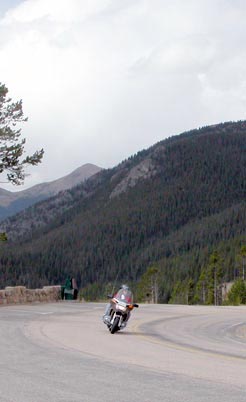 First off, I was apparently a little off in my description of the issue of mandatory rider training. I said that MRF members “are concerned about a move to make such training mandatory, because they fear that the capacity does not exist to offer that training to that many people.” That was what I thought I had heard, and maybe to some extent that concern exists.
First off, I was apparently a little off in my description of the issue of mandatory rider training. I said that MRF members “are concerned about a move to make such training mandatory, because they fear that the capacity does not exist to offer that training to that many people.” That was what I thought I had heard, and maybe to some extent that concern exists.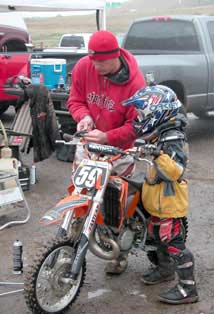 I have real problems with these laws. I was out at Thunder Valley Motocross Park last week and there were racers of all ages. Take a look at this photo of a dad working on his son’s bike in preparation for the race. This is family togetherness, parents and children out doing really fun things together and building strong family bonds. (Also notice the camera attached to the top of the kid’s helmet!)
I have real problems with these laws. I was out at Thunder Valley Motocross Park last week and there were racers of all ages. Take a look at this photo of a dad working on his son’s bike in preparation for the race. This is family togetherness, parents and children out doing really fun things together and building strong family bonds. (Also notice the camera attached to the top of the kid’s helmet!)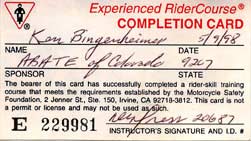 Pretty much all major motorcycling organizations have opposed that, and I reported in a report from the
Pretty much all major motorcycling organizations have opposed that, and I reported in a report from the 